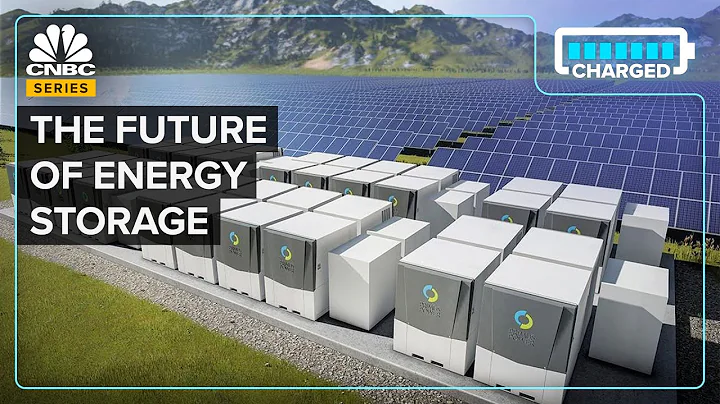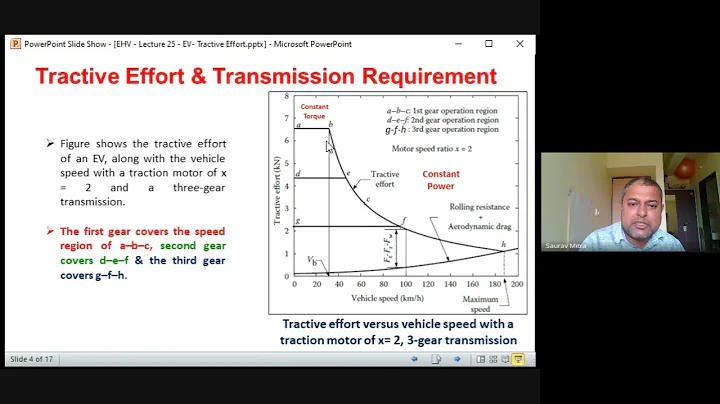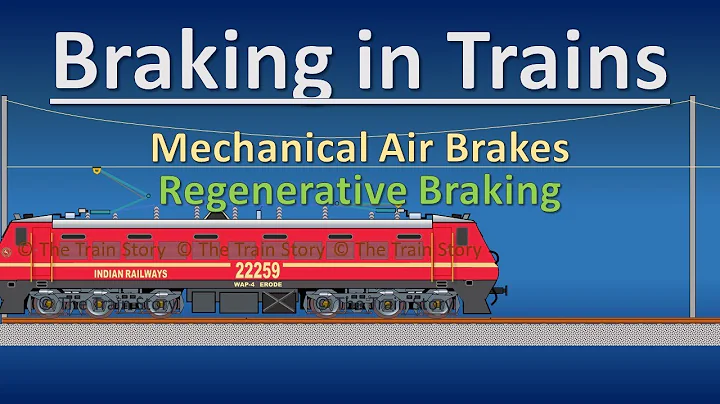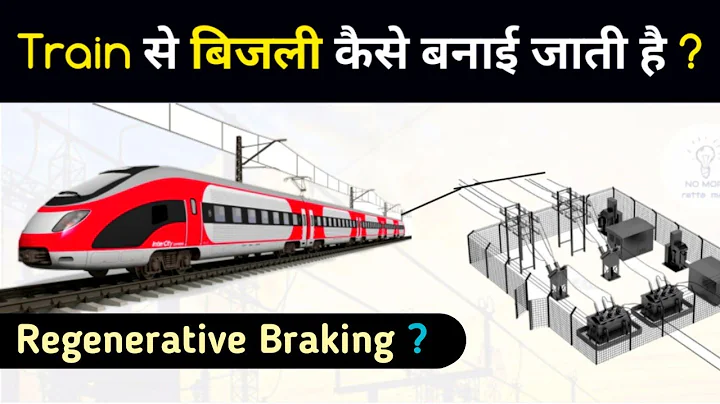As the operating mileage of electrified railways continues to increase, energy consumption problems are also becoming increasingly serious. Installing a hybrid energy storage system for electrified railways can effectively recycle train regenerative braking energy and achieve energy-saving operation of electrified railways. When a hybrid energy storage system adopts a filtering energy management strategy, there will be an internal energy exchange problem between different energy storage media. In this regard, researchers Geng Anqi, Hu Haitao, Zhang Yuwei, Chen Junyu, and Ge Yinbo from the School of Electrical Engineering of Southwest Jiaotong University wrote an article in the 23rd issue of "Journal of Electrical Engineering" in 2021, proposing a hybrid energy storage for electrified railways based on ladder energy management. System control strategy.

AC electrified railway is the largest single load of the power system. The total power consumption of my country's railways is also increasing against the background of the continuous growth of the national railway operating mileage. Therefore, how to take effective measures to save energy and reduce consumption of electrified railways is an urgent problem that needs to be solved for the development of my country's railways. Recycling and utilizing train regenerative braking energy can significantly improve the energy consumption problem of electrified railways. At present, the regenerative braking energy utilization methods of electrified railways mainly include energy consumption type, energy feed type and energy storage type.
Among them, the energy storage regenerative braking energy utilization system has functions such as peak shaving and valley filling, stabilizing the traction network voltage, power quality management, and negative sequence mitigation, and has received widespread attention. Regarding the energy storage regenerative braking energy utilization system, existing literature mainly studies the topology, control algorithm, capacity design and optimal operation scheme of the energy storage system. However, most of the existing research focuses on a single energy storage medium. For some special lines (such as long ramp lines), the regenerative braking power is high and the regenerative braking energy is abundant. Energy storage systems using a single medium are difficult to meet the needs of electrified railways. load characteristics.
In recent years, hybrid energy storage systems (HESS) composed of two or more energy storage media have become a hot research topic among domestic and foreign scholars. Among them, lithium batteries and supercapacitors have strong performance The complementarity of energy storage systems is widely used in hybrid energy storage systems. At present, hybrid energy storage systems have been widely used in microgrids, urban rail transit, electric vehicles and other fields, but there are relatively few studies on their application in electrified railways.

In order to give full play to the advantages of hybrid energy storage systems in electrified railways, it is necessary to develop cost-effective energy management strategies for electrified railways. Real-time allocation of power instructions is the primary issue in energy management of hybrid energy storage systems. The existing power allocation methods mainly include: filter-based allocation strategy, fuzzy control strategy and model predictive control strategy. Because the filter distribution method has a relatively simple structure and is relatively easy to implement, it has been widely used.
Relevant scholars have studied control strategies based on filter distribution, but they have not considered the internal energy exchange problem of the hybrid energy storage system caused by filter delay. The energy exchange between different energy storage media has no practical significance for the hybrid energy storage system to absorb and release energy. It will also cause unnecessary actions of the energy storage medium, which will have a certain impact on its service life.
In order to avoid energy exchange between different energy storage media, researchers from the School of Electrical Engineering of Southwest Jiaotong University proposed a control strategy based on ladder energy management to improve the system's regenerative braking energy utilization by suppressing this energy exchange, and This strategy can give full play to the advantages of high energy density of lithium batteries and fast response speed of supercapacitors. In order to compensate for the power tracking error caused by changes in the lithium battery reference power, a supercapacitor compensation link is added to improve the dynamic performance of the hybrid energy storage system. The proposed control strategy was simulated and verified in the RT-Lab OP5700 real-time simulator, and a calculation example was analyzed based on the measured data of a traction substation. The results verified the effectiveness and feasibility of this method.

Figure 1 Electrified Railway Hybrid Energy Storage System

Figure 2 System Working Principle
They came to the following conclusions: The control strategy proposed by
1) can effectively ensure that each energy storage medium always works within its respective SOC health zone, and allows lithium batteries to Bearing the large energy part of the load, the supercapacitor can bear the fast-changing part of the load, thereby effectively taking advantage of different energy storage media.
2) The fast response characteristics of supercapacitors are used to compensate for the power tracking error that occurs during the operation of lithium batteries, which can effectively suppress DC bus voltage fluctuations and improve the dynamic performance of hybrid energy storage systems, thereby ensuring reliable operation of the system.
3) Without changing the daily cycle life of lithium batteries, the ladder energy management strategy proposed in this article can effectively suppress the energy exchange between different energy storage media compared to the filtering strategy, and improve the regenerative braking energy utilization of the hybrid energy storage system. rate, further increasing the daily power saving.
4) After adding the energy storage system, the regenerative energy of the left and right power supply arms of the traction substation is effectively absorbed, and the traction power is also significantly reduced. Therefore, the electrified railway hybrid energy storage system can effectively recover and utilize regenerative braking energy, achieving energy saving and consumption reduction of electrified railways.
researchers finally pointed out that the application of hybrid energy storage systems in electrified railways depends on the actual line conditions. This time, they mainly studied the control strategy of hybrid energy storage systems in electrified railways, and improved the utilization of regenerative braking energy of hybrid energy storage systems. The next step of research will be the efficiency method, parameter optimization of the system and economic evaluation combined with the actual situation of the substation/zoning station.
This article is compiled from the 23rd issue of "Journal of Electrical Engineering and Technology" in 2021. The title of the paper is "Control strategy of electrified railway hybrid energy storage system based on ladder energy management". The authors are Geng Anqi, Hu Haitao and others.





















